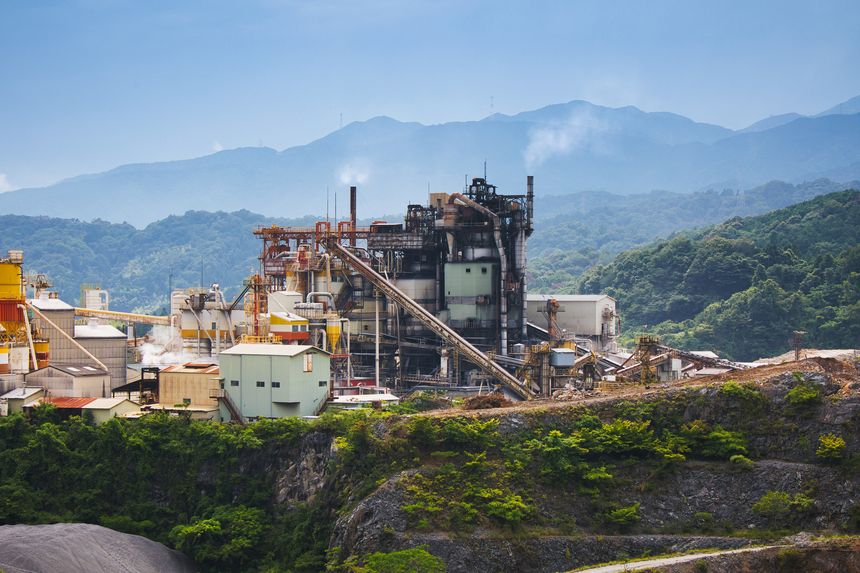The U.S. and Japan have signed a new Framework for Securing the Supply of Critical Minerals and Rare Earths, committing to coordinated investment, processing, and stockpiling to reduce single-point exposure crucial to domestic industries in the United States and Japan. The official fact sheet outlines measures to diversify and de-risk inputs vital to defense, grid components, and advanced technologies including joint development of projects.
This is a full-circle moment. In 2010, Japan experienced a rare-earths supply shock amid tensions with China. If you're not familiar with it, have a quick read about the events of 7 September 2010, when a Chinese fishing boat collided with two Japanese coastguard vessels, off the islands of Senkaku in the East China Sea. The Japan Coast Guard arrested the captain of the fishing boat, and among the Chinese government’s responses was stopping the export of rare earth minerals to Japan. This incident catalyzed decades of diversification in Japan, through recycling, substitution, overseas offtakes, and strategic finance—a playbook now informing allied policy.
The latest framework formalizes U.S.–Japan cooperation just as advanced-manufacturing and AI-driven power demand raise the stakes for secure mineral inputs. President Trump and Japanese Prime Minister Sanae Takaichi signed off on the agreement, which outlines how the two countries are “intensifying their cooperative efforts” to accelerate the processing of critical minerals. This announcement comes two days after the U.S. signed agreements with Thailand, Cambodia, and Malaysia outlining cooperation on the processing and exports of critical minerals.
What it means for our clients:
For developers and operators, this framework signals potential new joint-venture and offtake structures backed by U.S. and Japanese export-credit agencies, with greater emphasis on ESG traceability and cross-border permitting.
For financial institutions and investors, coordinated stockpiling and midstream build-out may unlock bankable projects in processing, separation, and recycling, sectors historically constrained by price volatility and regulatory uncertainty. The Pentagon's Office of Strategic Capital, the Export-Import Bank of the United States, and other federal agencies that are open to deploying federal credit may play critical roles in shaping future investment opportunities.
For technology, defense, and energy OEMs, bilateral cooperation could create a more predictable environment for long-term supply contracts, hedging exposure to concentrated supply from China and the DRC.
Finally, for policy and trade clients, the framework complements U.S. Inflation Reduction Act sourcing provisions and Japan’s Economic Security Promotion Act, suggesting future harmonization of standards, disclosure, and export-control regimes.
Baker Botts will continue advising clients on how evolving critical-minerals policy, project finance, and trade frameworks intersect with commercial strategy and compliance across the global energy-transition value chain.


/Passle/678abaae4818a4de3a652a62/SearchServiceImages/2025-11-12-19-39-00-222-6914e254d13d736fb03da927.jpg)
/Passle/678abaae4818a4de3a652a62/SearchServiceImages/2025-12-16-18-07-35-271-69419fe75657195f59083dcf.jpg)
/Passle/678abaae4818a4de3a652a62/SearchServiceImages/2025-12-11-16-31-45-899-693af1f14973e04fad146697.jpg)
/Passle/678abaae4818a4de3a652a62/SearchServiceImages/2025-12-02-20-10-02-704-692f479ade03c50ed481c865.jpg)